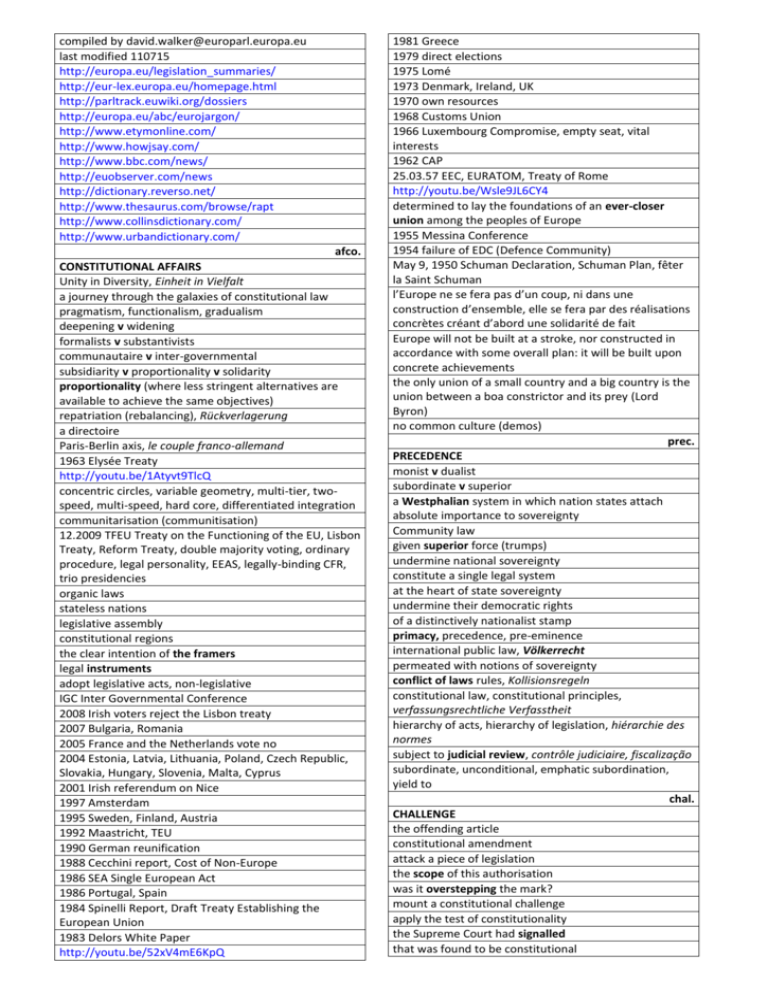

Specify path to the relativity location of the load file. For each Status, Data Source can specify document count and time stamp (optional). Importing, Completed, CompletedWithErrors, and CompletedWithDocumentLevelErrors statuses are populated by Trace automatically for ingestion tracking purposes Load File has been successfully copied to Relativity FileshareĬreated, RetrievedFromSource and Normalized can be used to track data flow in Relativity for reconciliation purposes by the Data Source ReadyForImport signals Trace to start ingesting the dataĪll needed configuration is written on the Data Batch. When a Data Source creates a Data Batch, several fields must be filled out: The below screenshot shows a sample Data Batch RDO in Relativity: See User Documentationĭata Batch is a unit of work in TPI, it has all the needed configuration and status information to ingest data and monitor ingestion progress. Relativity Field: The field to which the value in the loadfile will be written Source Field Identifier: Name of the column in the loadfile Prerequisites: Load File and Ingestion ProfileĬreate Ingestion Profile and adjust advanced settings (encoding, native file path field, etc ) Data Source Type can be mapped to multiple Data Sources It is responsible for generating Load Files and creation of Data Batchesĭata Source Type: Defines inputs to a particular data source. Trace creates one integration point per Data Batch and monitors its status along with any retries and validationĭata Source: Any external system that works with Trace API. Integration Point: System that executes data ingestion into Relativity, operated by Trace. Load File: Delimited data file on disk, usually CSV or DAT but can be anything with proper delimiters Glossaryĭata Batch: RDO that contains all needed information about Load File and its ingestion status After that, Trace will take the Load File and automatically import it using the provided configurations. Consumer of the TPI needs to produce a Load File and make an REST call to Relativity telling it the location of the Load File along with other ingestion configurations. It is designed to work with Load Files as an intermediate step between Source and Relativity ingestion. Performance monitoring of entire data ingestion pipeline (bottleneck identification, SLA metrics, proactive alerting) Reconciliation from Data Source through Transcription/Normalization to Relativityĭata can be autonomously and continuously ingestedĭata can be pushed from a 3rd party data processor in a generic format (instead of pulled from Relativity with custom connectors)ĭata is broken into batches improving stability and throughputĭata can be manually previewed to facilitate field mapping troubleshootingĭata can be re-imported into Relativity at any point (asynchronously from retrieval from the Data Source) The key benefits of the Proactive Ingestion Framework include: The framework is built on top of Relativity Integration Points. The Trace Proactive Ingestion system (that powers Trace) allows Administrators and Data Sources to automatically and continuously ingest data into Relativity. #Relativity desktop client guide 9.6 how to#
This documents provides information on how to build custom integration for both use cases. Information about Monitored Individuals.There are two key ingredients that Trace needs in order to work: This documents provides specifications on how one can interact with RDOs specific to Trace. Please, refer to Relativity API Documentation on specifics on how to interact with RDOs. Relativity Trace does not have any custom APIs outside of RDOs. Relativity Trace API is based and fully dependent on Relativity Dynamic Objects (RDOs). Ingest Monitored Individuals Information.

Data Mappings stored on Ingestion Profile.Prerequisites: Load File and Ingestion Profile.Relativity Trace is an extensible platform that supports open API’s to augment standard functionality. This site uses Just the Docs, a documentation theme for Jekyll.






 0 kommentar(er)
0 kommentar(er)
